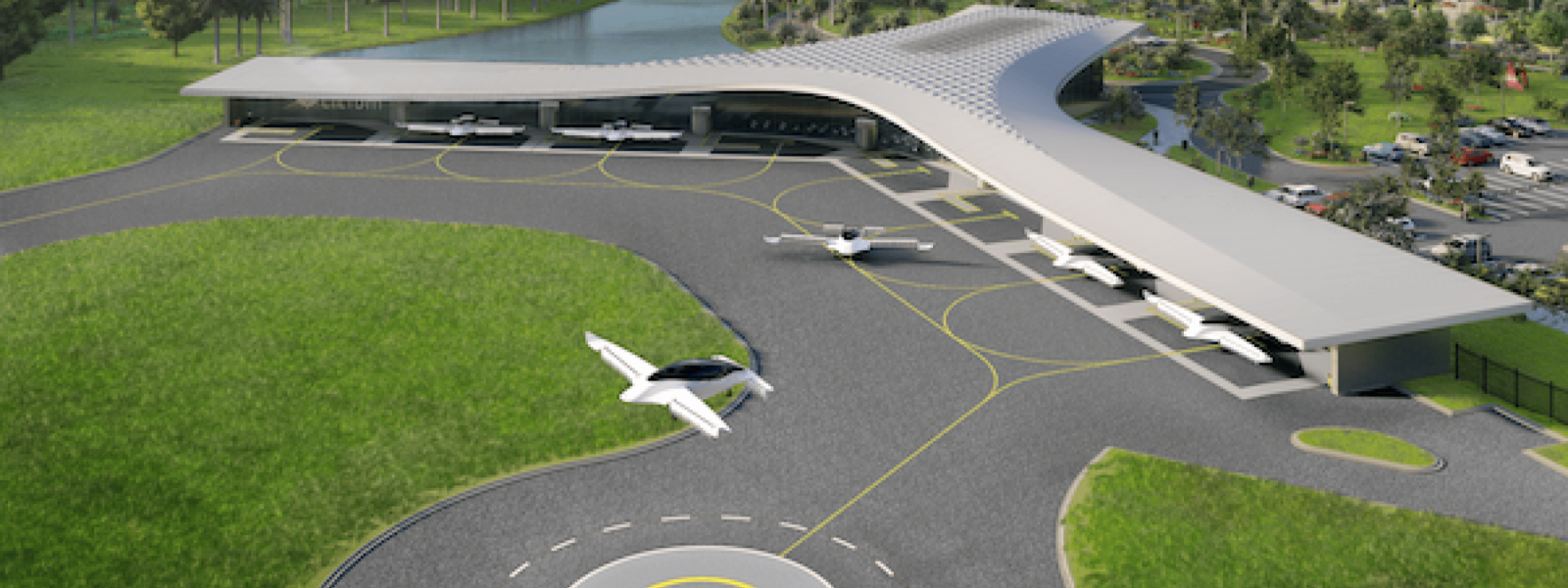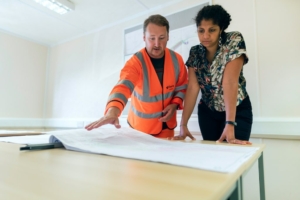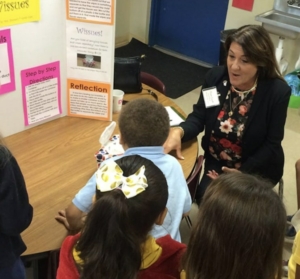Implementing advanced air mobility and vertiports is critical to regional progress.
Florida’s population has ballooned to 22 million residents and is expected to reach 25 million over the next decade. Tampa Bay’s population increased by 1.17% last year to more than 3 million people. And according to Tampa Hillsborough Economic Development Corporation, that number is expected to rise to 3.8 million by 2040.
That’s exciting news! With more people comes greater social and economic opportunities for our region. But, while we’re at the top for migration, we’re at the bottom for transportation. Our infrastructure is both ill-equipped to handle the needs of current residents and wholly unprepared to support our predicted growth.
Without a more substantial transportation infrastructure, people and commerce cannot thrive in the Tampa Bay region. We need forward-thinking action.
Tampa continues to fall behind our sister regions, like Orlando and Miami, when embracing transformational opportunities. Orlando Economic Partnership touts its “supportive community that was open to new futuristic technology,” proactive work to “recruit future-looking air mobility companies,” and “the community’s willingness to embrace new technologies” as why German-based Lilium air mobility company chose the area for its first U.S. vertiport hub for electric vertical takeoff and landing vehicles (eVOTL). What a coup for them!
Meanwhile, our region is mired in studies and bureaucracy. Our municipalities entertain swaths of new ideas. They get studied. And studied. And studied. Then, they get dropped. Not because they aren’t good ideas or realistic initiatives but because our region has historically lacked the unified will to make change happen. A 30-year transportation plan is useless when the speed of technology changes so rapidly.
The rejection of the Hillsborough County transportation tax referendum is a stark reminder that we don’t have a proper strategy to address our cities’ specific transportation issues. The taxpayers should know precisely how their dollars will be spent to improve the infrastructure rather than vague outlines.
While we’re thrilled to see construction begin next year on Clearwater’s new transit hub (a project that has been in discussions for more than 10 years) and Howard Frankland Bridge’s much-needed expansion is on track, we need to think and act bigger.
We shouldn’t discuss bus stops, transit hubs, paths, and bridges as individual concepts. We need an infrastructure that intentionally integrates various modes of transit based on how people move about the region. Rail should be added to the Howard Frankland Bridge now, for instance, not seen as a future intention. The future is now. And Clearwater’s new hub should be reimagined for advanced air mobility (AAM) as elevated fixed transit that accommodates a vertiport.
As another mode of transportation, AAM offers quicker passenger transport between cities as well as critical access to sectors of the community missed by shared-vehicle services. AAM can also deliver packages via drones, increasing efficiency and reducing commercial vehicle congestion.
At D-Mar, we have worked extensively on transportation projects, including every size airport in the country, from municipality to international. When we partnered with Lilium several years ago to identify potential vertiport sites in Tampa, we immediately recognized the incredible potential AAM offers our region. One of the significant benefits of vertiports is that they can integrate into existing infrastructure – they can be built on top of existing buildings and include stations for scooters and e-bikes.
Estimating the AAM market will reach $115 billion annually by 2035, Deloitte calls it “the next significant change in mobility and perhaps the global economy, as it could lead to fundamentally new capabilities and applications that were previously not feasible.”
States and cities across the nation, such as Los Angeles, Ohio, and Orlando, have already established AAM frameworks. In fact, Orlando is among the founding members of the World Economic Forum’s Advanced and Urban Aerial Mobility Cities and Regions Coalition. Last month, the FAA released new design standards for vertiports, giving us guidelines to pursue these opportunities.
Tampa Bay has the people, expertise, and technology to push similar agendas for AAM and vertiports. If we shrink the puddle between us and work as a region, we can make our cities safer and more accessible and improve our quality of life. Now’s the chance for Tampa Bay to control its own destiny by building a unified mobility network with intelligent infrastructure that integrates public transit, autonomous vehicles, transport sharing, biking, and walking. A chance to position our region at the forefront of transportation innovation by developing and implementing a sustainable, forward-thinking framework to meet the diverse needs of our growing communities.
Will we take it?
Portions of this article were originally published as an OpEd column in the Tampa Bay Business Journal on November 4, 2022.





